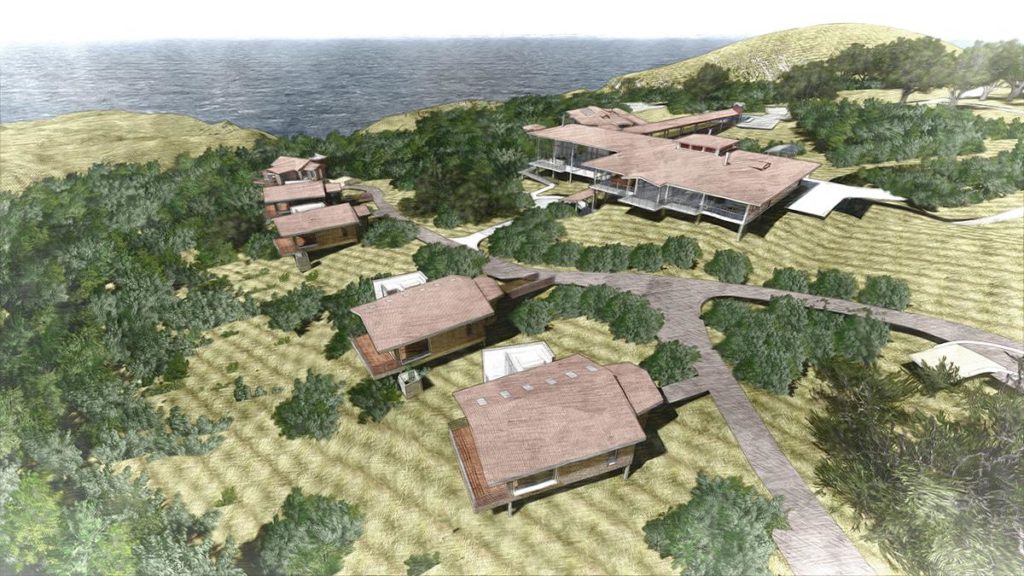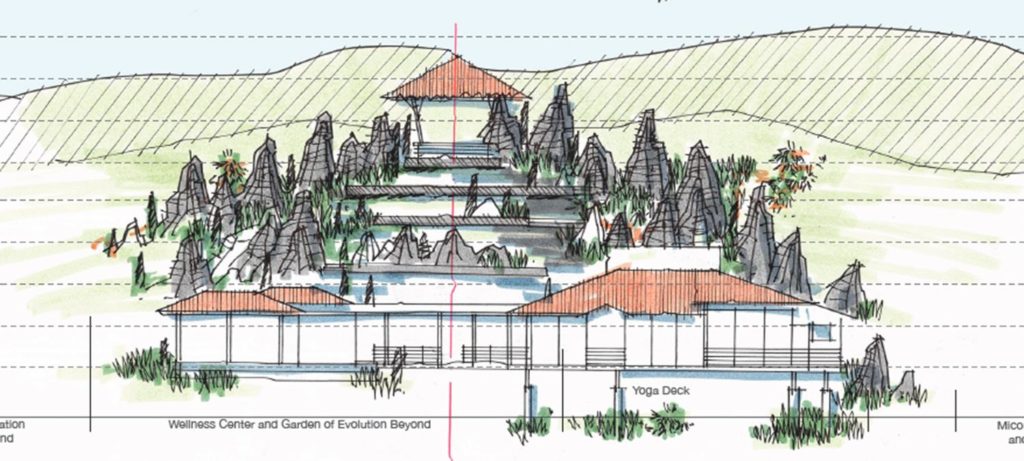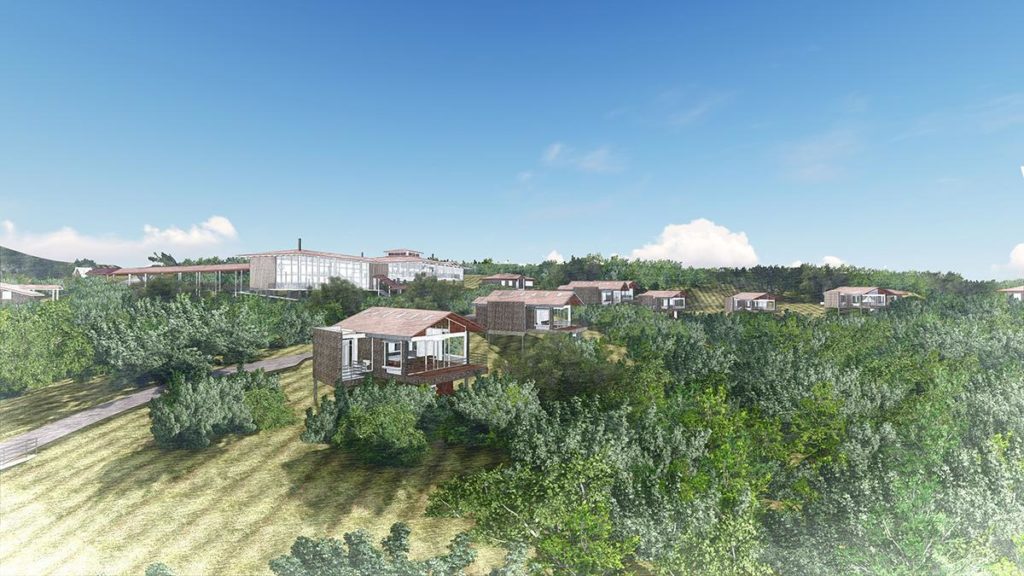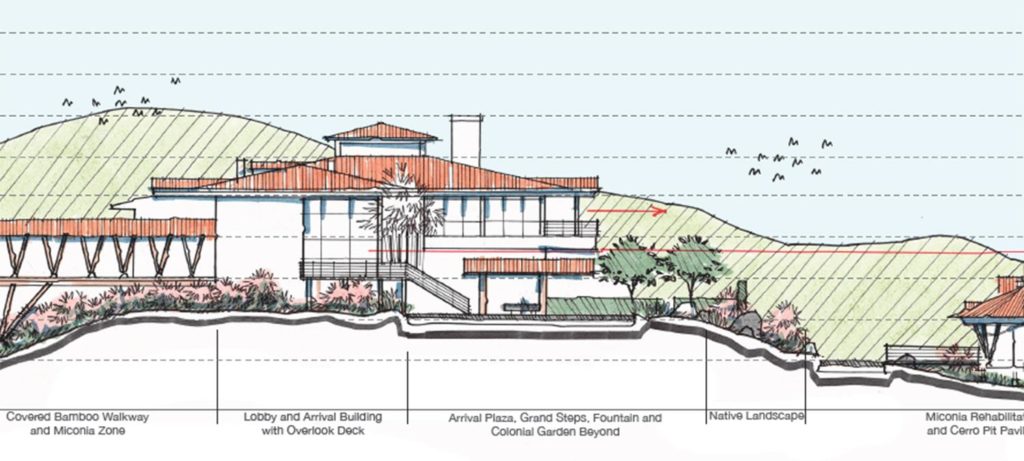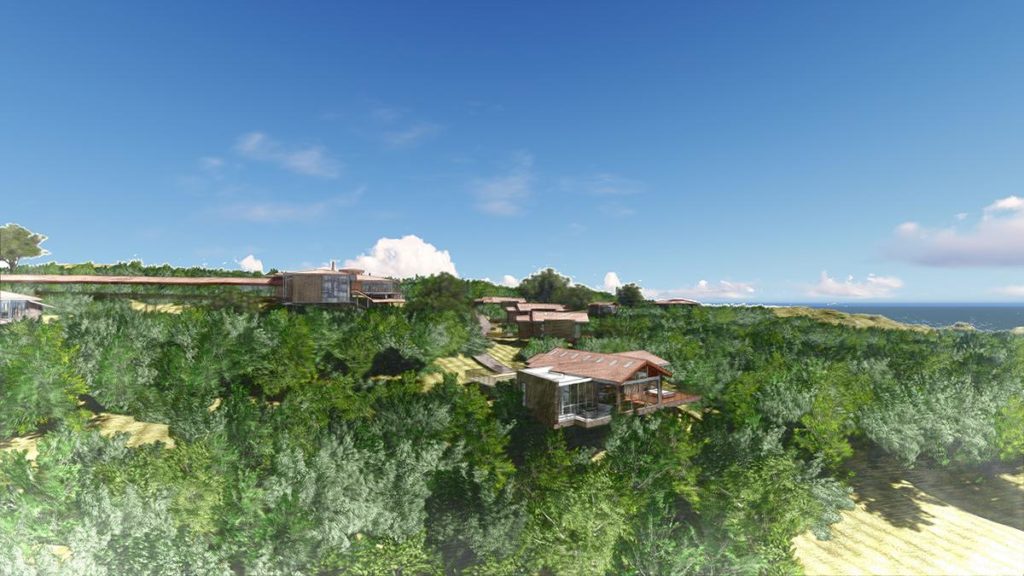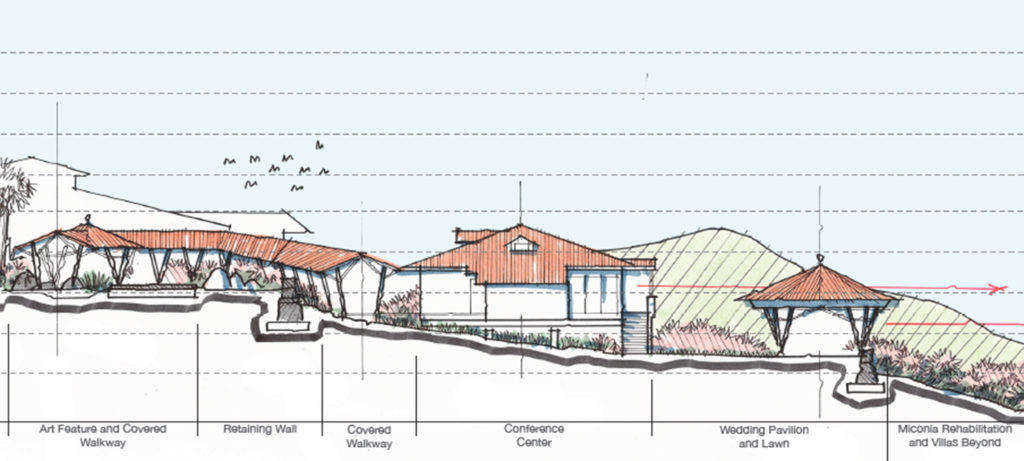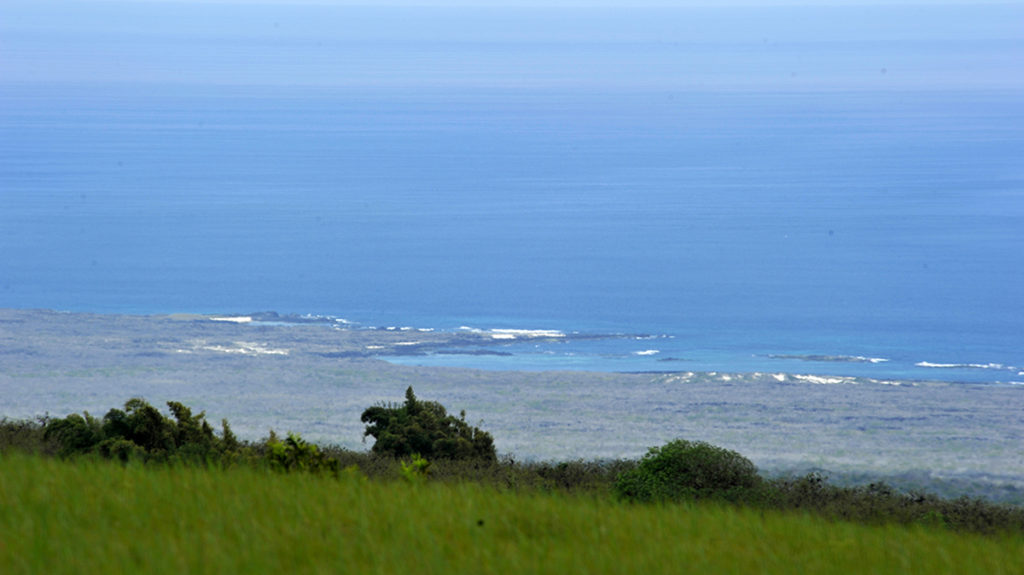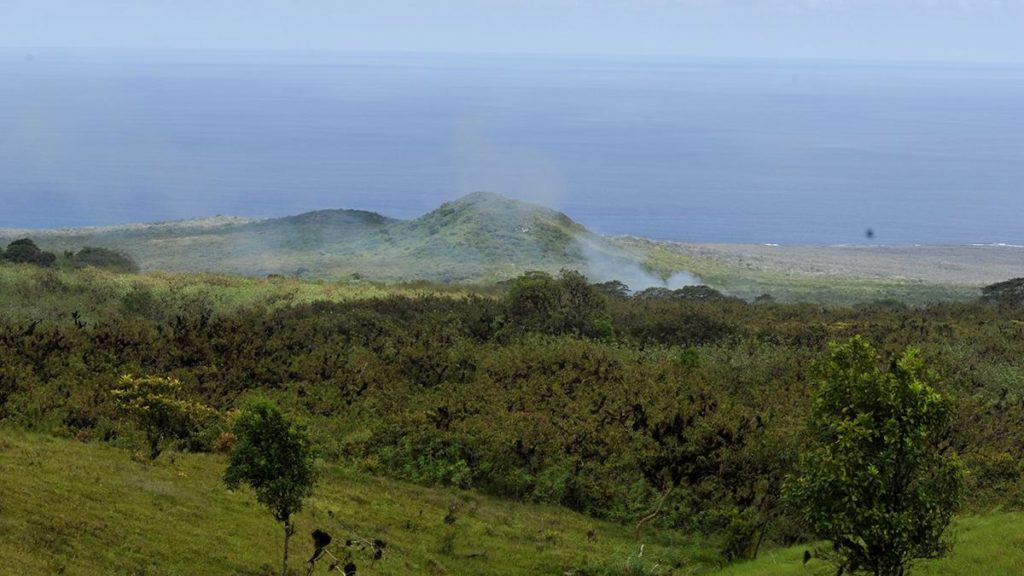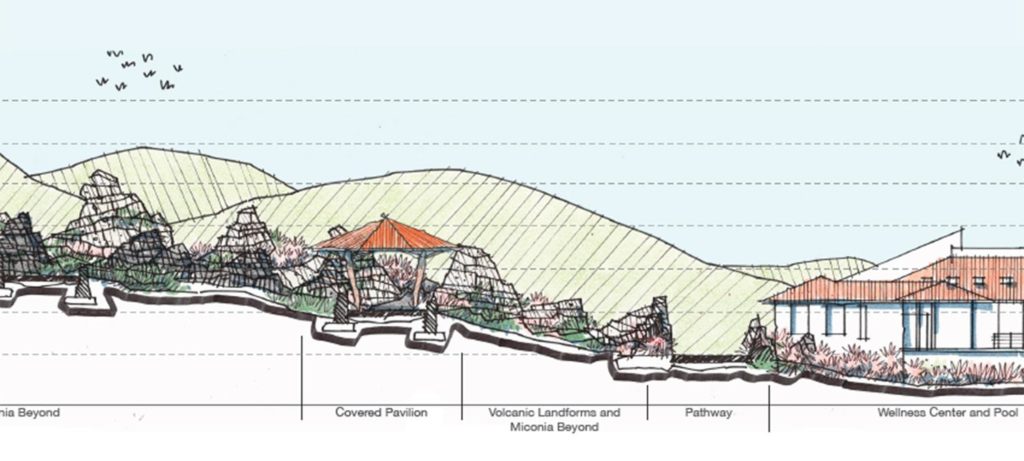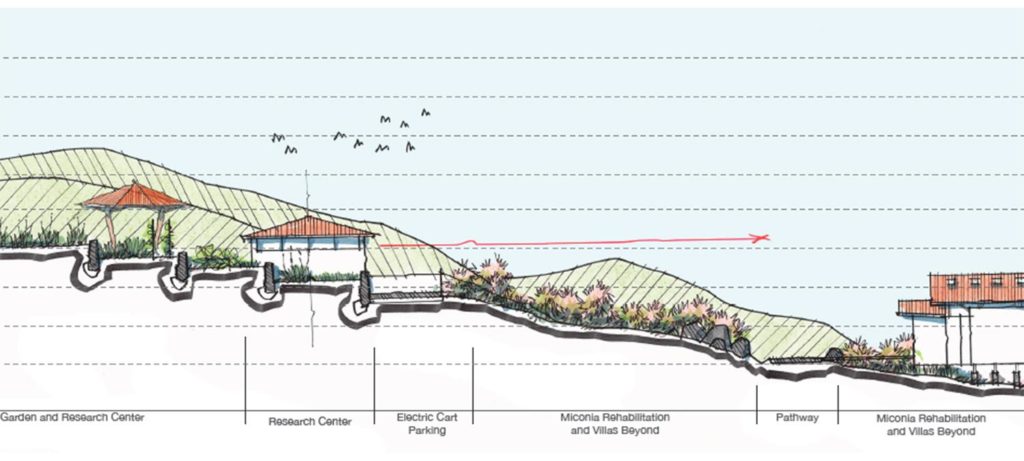Eco-luxury: “Six Senses” goes Galápagos
The Galápagos Islands are renowned for their unique flora and fauna. Yet it is here that Six Senses is planning to open a hotel in 2021. This new resort will pull out all the stops, providing the latest in eco-luxury. The plan was drawn up by architect Hitesh Mehta, a widely respected expert in the development of environmentally friendly projects.
At first glance, it looks like another gloomy headline: a luxury resort run by the Six Senses Group on San Cristóbal Island? Located on the quietest of the legendary Galápagos Islands, which were declared a UNESCO World Heritage Site in 1978 and recognized as a Biosphere Reserve in 1985? Ouch…! Although eco-luxury is all the rage, tourism is known to have a devastating impact on sensitive habitats. And this remote archipelago is famous for its unique and endemic species.
Focusing on nature and environmental protection
However, a closer examination of the project dispels any concern that yet another paradise could be spoiled by unbridled business ambitions. After all, the project concept was developed by Hitesh Mehta, an internationally acclaimed architect who has received several awards for his projects that rigorously focus on environmental protection.
Mehta’s plan for the new resort was also commissioned by Ecuador’s Orgal Group, a local company that specializes in developing sustainable projects on the Galápagos Islands.
Orgal currently owns and operates an organic farm with its own restaurant, and a boutique hotel in San Cristóbal. Before Six Senses entered the picture as the operator of the new resort, the project was called the “Eco Lodge”. There was no mention of eco-luxury at the time, but the idea had been floated to establish an affiliated “Earth Lab” – a research and education centre dedicated to nature conservation and environmental protection. This still remains an integral component of the ambitious plan. And it’s hoped that it will actively contribute to protecting this natural paradise.
A model for a new type of eco-tourism
San Cristóbal was one of the first islands that Charles Darwin visited on his voyage aboard the HMS Beagle. Like its sister islands, San Cristóbal had a high proportion of endemic flora and fauna that are now threatened by the unintentional introduction of invasive species.
The Orgal developers and the architect see it as their mission to revitalize the healthy original eco-system. They aim to achieve this by systematically planting endemic species and eradicating invasive ones during the construction of the new complex.
The master plan for the research centre and resort brings together ecological, social, economic and spiritual sustainability. The idea is to create a model project that combines hospitality, research, nature conservation, education and local community development – for the benefit of people and the environment.
Mehta sees the restoration of this distinct eco-system as an essential aspect of his planning. This environmental approach also applies to the scientific research of the local wildlife – and to eco-tourism, which aims to generate new opportunities, but without harming the environment.
A team of outstanding eco-architects
With this in mind, the eco-architect already brought a hand-picked team of specialists on board back during the early planning stages. Simon Velez, who hails from Colombia, is considered one of the finest bamboo architects in the world. And LAND founding partner Matthew Lewis will ensure an optimal landscape design. Experts from the local nursery of the National Park Service will see to it that his plans are executed in an ideal manner.
The new Six Senses Galapagos will be built in Cerro Verde, on the island’s north-eastern coast, on a verdant hill with unspoiled views of the ocean and other topographical landmarks.
This is an exceptional project in many respects. Especially as strict local laws stipulate that only 3% of the island’s total area may be used for development.
A long process leading to construction
The site selection and approval of the construction project were preceded by a long planning phase. Hitesh Mehta and his team observed the seasonal climatic conditions on site and researched details of the island’s geology, history, culture and eco-system. They also worked closely with locals and authorities. Only then were the final plans drawn up and presented.
“Sustainability is at the core of our brand,” says Neil Jacobs, CEO at Six Senses Hotels Resorts Spas, adding: “We are excited and delighted to work with Orgal Group on this extraordinary project in such a special and environmentally sensitive place, staying true to our joint purpose of eco-system restoration, scientific research of marine species and low-impact tourism.”
Six Senses is committed to sustainability
It goes without saying that there will be no lack of the modern eco-luxury that is so appreciated by Six Senses guests. Plans for the Galápagos include a spa with fitness centre, a yoga studio, a full range of Six Senses treatments and an Alchemy Bar. The emphasis here will be on local herbs and medicinal plants.
In keeping with the Eat With Six Senses philosophy, the use of imported food and beverages will be kept to a minimum. Most products will be sourced from the resort’s own organic garden, local farmers and island fishermen.
Arturo Kayser, CEO of the Orgal Group, has high hopes for the new resort: “Joining forces with Six Senses represents a great alignment of visions: a commitment to sustainability and preservation of the environment, while enhancing social and economic benefits of the local community. We’re excited to be working on this iconic project with them.”
Details of a paradise in paradise
Construction work has yet to begin, but details from architect Hitesh Mehta’s plans for the model eco-resort project hold out the promise of a veritable little paradise.
For instance, visitors will pass through an organic coffee plantation to reach an arrival court with a turtle pond. The path then leads across a catwalk bridge over a stream before it reaches the reception and lounge building. This provides an unobstructed view of Punta Pitt (where sea lions frolic), the sea and the Cerro Colorado giant tortoise breeding centre.
A pavilion below the reception building will house electric carts to whisk guests to their villas. A Spanish colonial garden, an organic garden near the main kitchen and a “volcanic garden of evolution” on the hill adjacent to the wellness centre will offer an enticing opportunity to stop, relax and savour the scenery.
With rain, LEDs, bamboo and stone
All irrigation at the resort will rely entirely on rainwater, which is to be collected and stored in special cisterns. The outdoor lighting throughout the grounds will be equipped with motion detectors. To avoid any light pollution of the starry night skies, this lighting will be pointed downwards. All light will be produced by energy-efficient LED lamps.
Mehta’s project description specifies that all materials used in the project are to be environmentally friendly. They must also come from sustainable sources: volcanic stone from the islands, bamboo poles from a nearby farm and clay-fired tiles from Cuenca, for example. Timber for pavilions and pillars will be sourced from the Panama Canal and priority will be given to repurposed building materials.
Building on site with minimal impact
As far as possible, all buildings are to be constructed and assembled on site. The plan also stipulates sustainable principles for the creation of the landscaped spaces. For instance, all existing trees are fenced in to prevent damage.
All of this fits in perfectly with eco-luxury and the philosophy of the exclusive Six Senses hotels. The architect, Hitesh Mehta, described by National Geographic as a “pioneer of sustainable tourism”, is fond of referring to the “sixth sense”. What he means by this, however, goes far beyond a specific hotel group.
Respecting the fourth element
Mehta is convinced that true sustainability cannot be achieved without spirituality. He calls this – in addition to ecological, economic and social components – the “fourth element”, which we must deeply respect.
He says that spirituality is the energy, the metaphysics of a place. To recognise this, Mehta adds, it is necessary “to work with indigenous communities, so they can identify all those areas that are sacred to them. And then protect them.”
Architecture and the sixth sense
“If the clients do not believe in these traditional ways of looking at the land, I propose the use of each one of our six senses to immerse into the site to understand the energy. Connect deeply to the land through the ears, mouth, eyes, nose, fingers, but most importantly through the sixth sense: when you become a part of the site and feel its energy. That is the crucial element of trying to create a project that’s sustainable, but also which creates a beautiful sense of place”, as Mehta explains in “The Dirt”, a blog of the American Society of Landscape Architects.
His sixth sense now shapes the new construction on the Galápagos Islands. The first Six Senses guests are due to arrive in 2021. Sustainable green holidays are in demand. Tourism that serves the environment rather than harming it is a key concern these days. A model like Mehta’s resort complex on San Cristóbal offers ideas that might really catch on.
Text: Elisabeth Schneyder
Translation: Rosemary Bridger-Lippe
Images: Hitesh Mehta
